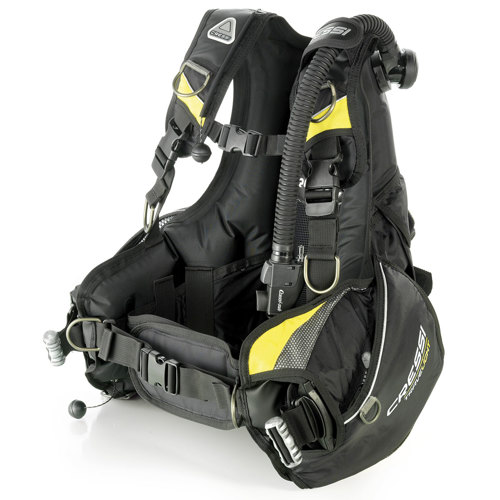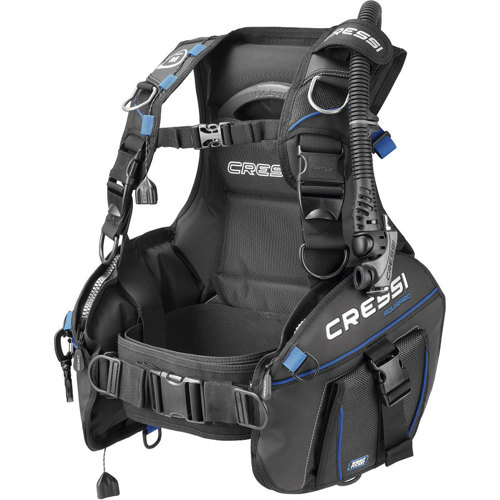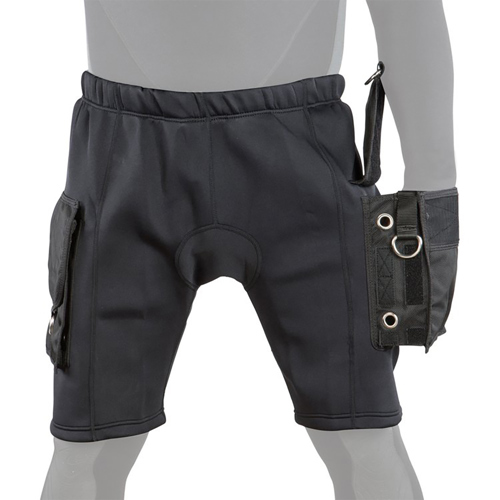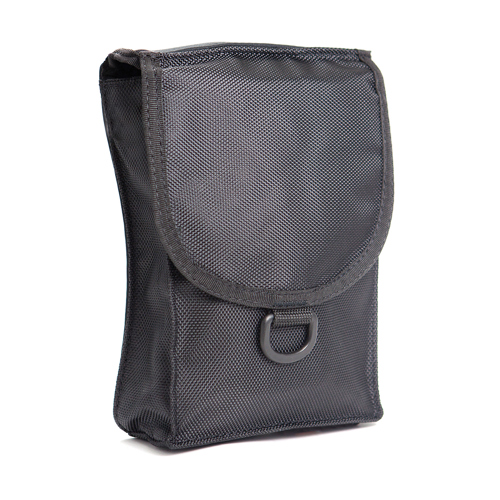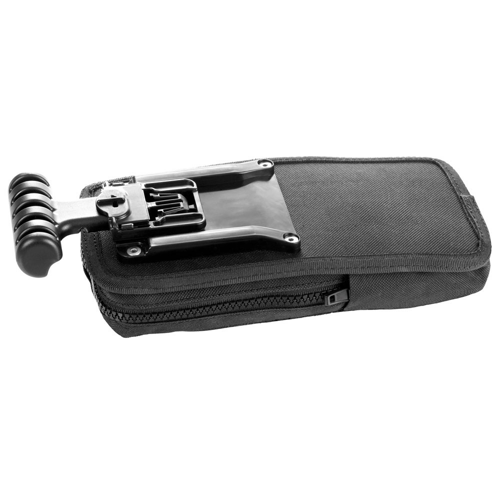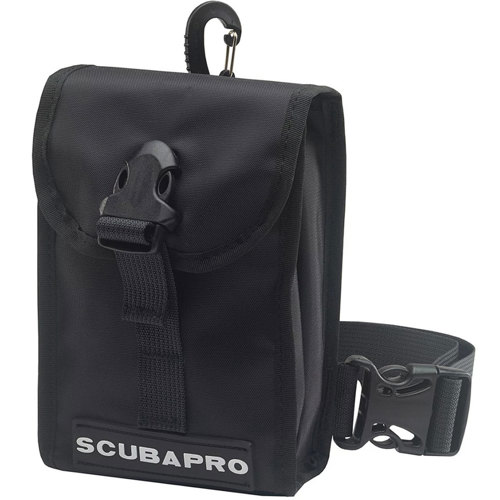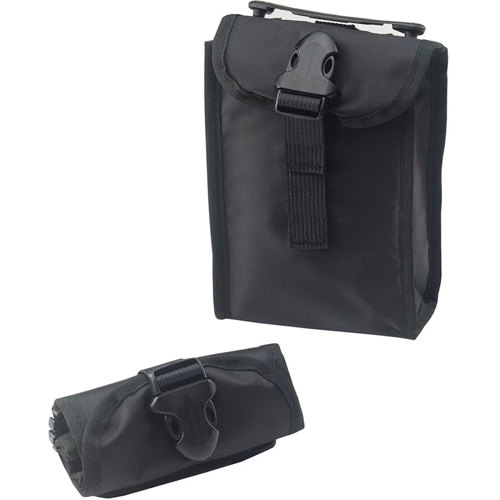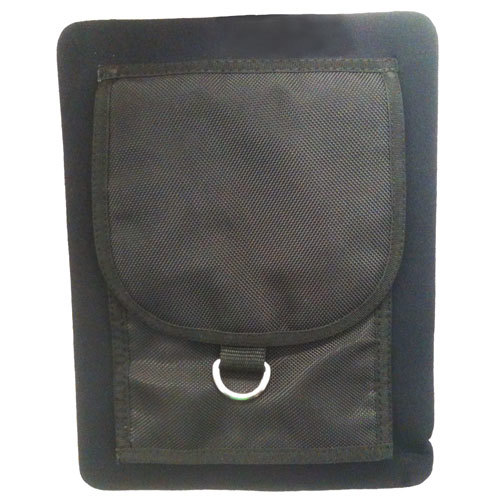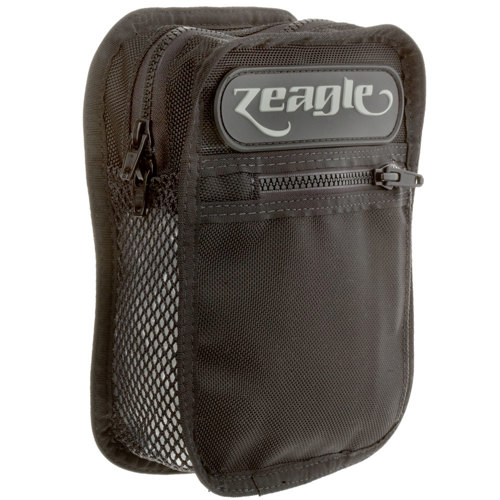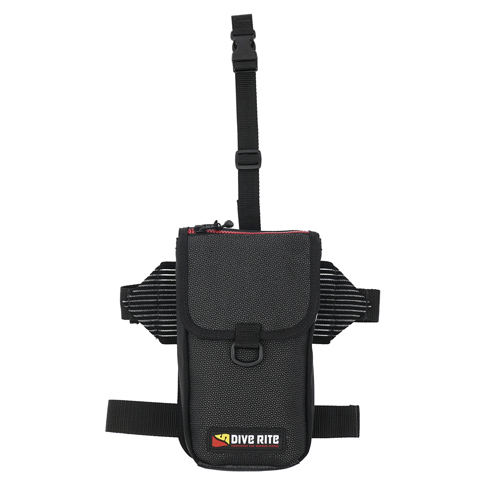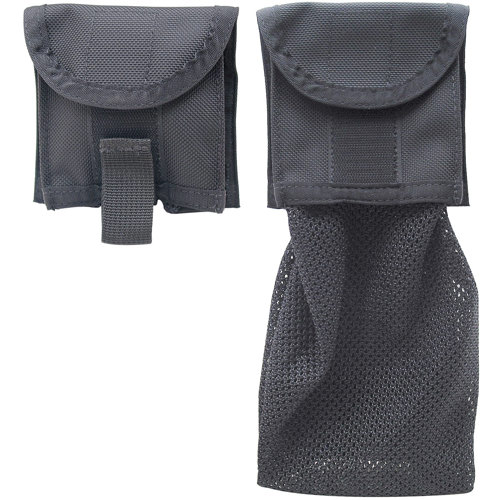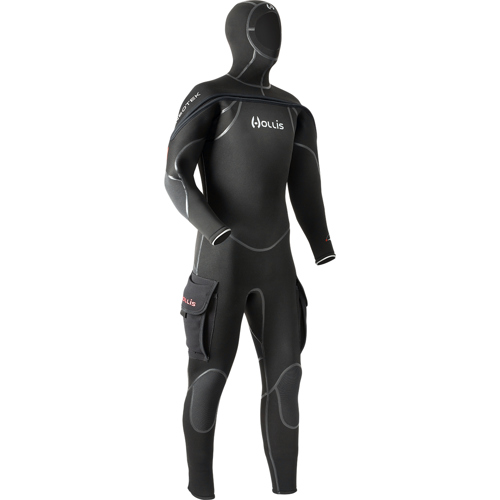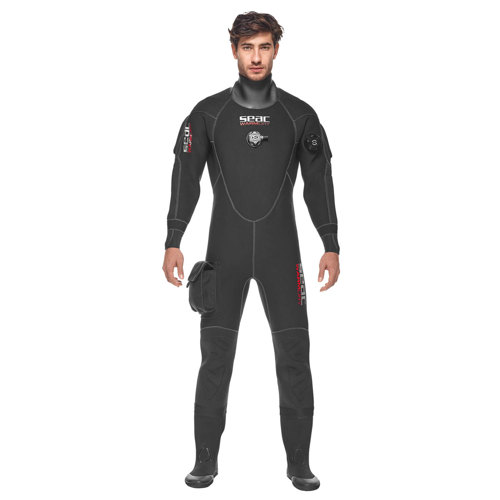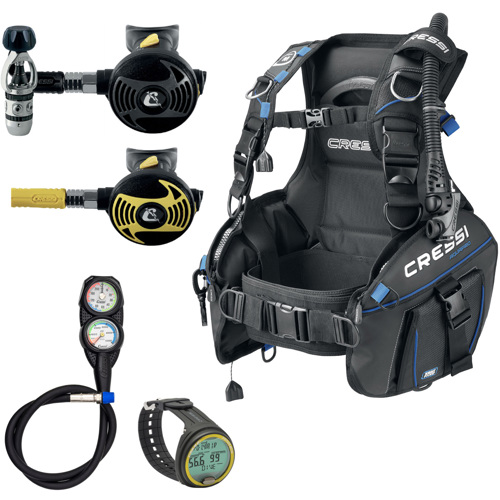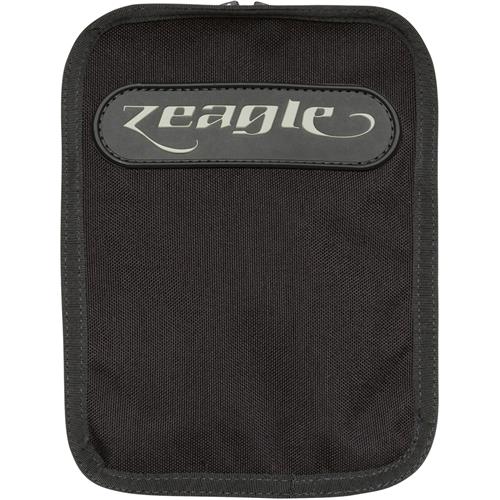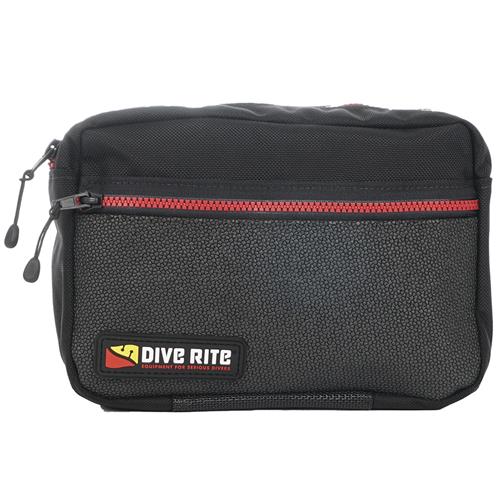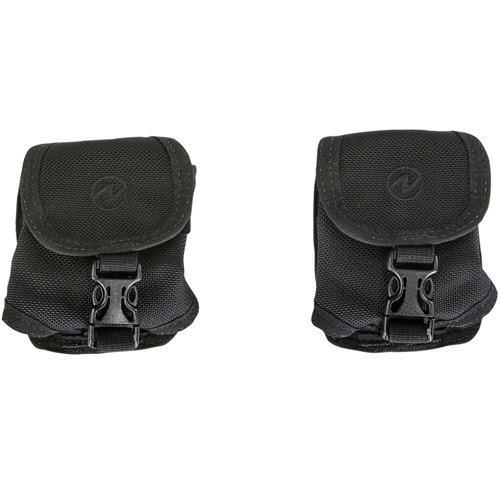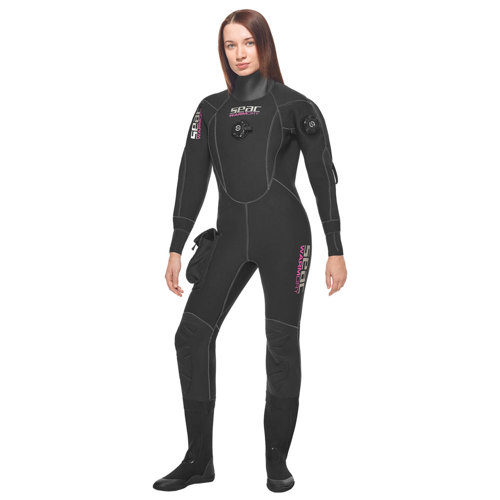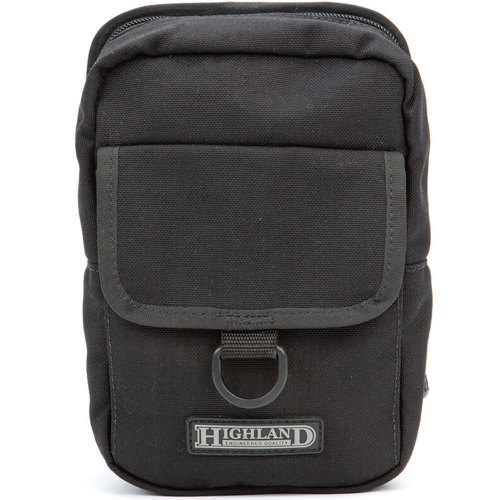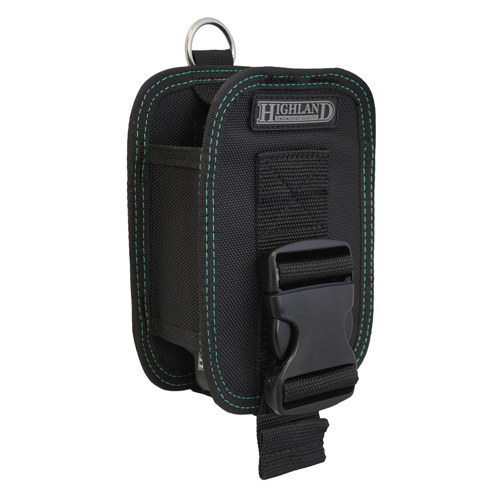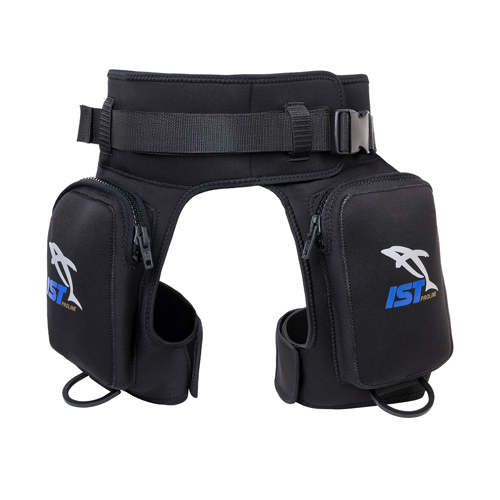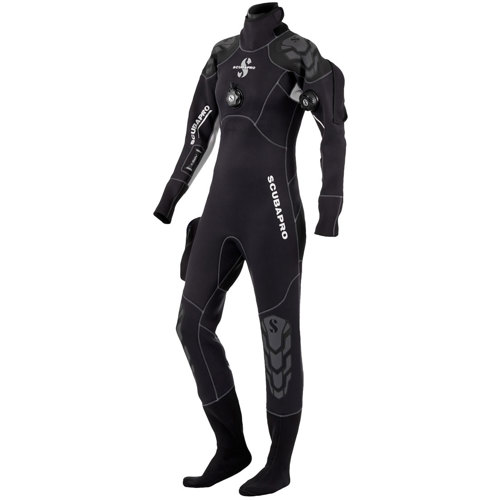Drysuit pockets are an essential accessory for divers who require secure, accessible storage during their underwater adventures. Whether you’re a technical diver carrying backup lights and cutting tools, a cold-water explorer stowing wetnotes and reels, or a recreational diver wanting a safe spot for a slate or SMB, the right drysuit pocket can make all the difference in both safety and convenience. As winter sets in and water temperatures drop, many divers transition to drysuits for warmth and protection, making the addition or upgrade of pockets a timely consideration. The placement of these pockets is a crucial factor—most divers opt for the side of the thigh, which allows natural reach even when standing on a pitching boat deck or adjusting gear at the entry point. This placement also keeps the pockets streamlined, as they are covered by the BCD or harness, minimizing drag and preventing snagging. When selecting a drysuit pocket, it’s important to consider not just position, but also the closure system. Velcro flaps are favored for their glove-friendly, rapid access, especially in emergency situations where every second counts. Zippers, while secure, can be tricky to manage with thick gloves or in cold conditions. Internal bungee loops and dividers are invaluable for keeping essential items—like backup masks, spools, or small tools—organized and within easy reach, preventing that frustrating fumble for gear when visibility is low or current is strong.
Another important aspect is the construction and material of the pocket itself. Durable fabrics such as Cordura are highly recommended for their resistance to abrasion and puncture, standing up to repeated contact with rocks, wrecks, or even a busy dive boat’s deck. Features like riveted drainage grommets are vital, ensuring water flows out freely as you ascend, so the pocket doesn’t balloon or cause unnecessary drag. The size and height of the pocket should be chosen carefully; a pocket that’s too bulky or positioned too low can interfere with knee movement or suit zippers, compromising both comfort and safety. For divers who enjoy customizing their kit, aftermarket installation is an option, but it’s best handled by experienced professionals using robust, flexible adhesives to ensure a watertight, long-lasting bond. Drysuit pockets are also a thoughtful gift for the diver in your life, particularly during the holiday season, as they offer a practical upgrade that enhances both organization and peace of mind underwater. Whether you’re gearing up for ice diving, deep wreck exploration, or simply want to be prepared for any scenario, these pockets are a small addition that can have a big impact on your dive experience.
For those interested in exploring a wider range of storage solutions beyond drysuits, including options for wetsuits and BCDs, our comprehensive selection of
Diving Gear Pockets provides expert-curated choices for every diving style. From organizing essential tools to ensuring safety gear is always within reach, the right pocket setup can transform your dive, making it safer, more efficient, and far more enjoyable. As you prepare for your next underwater adventure—whether it’s a brisk December dive in northern waters or a technical journey into the depths—consider the practical benefits and peace of mind that well-chosen drysuit pockets can bring.

